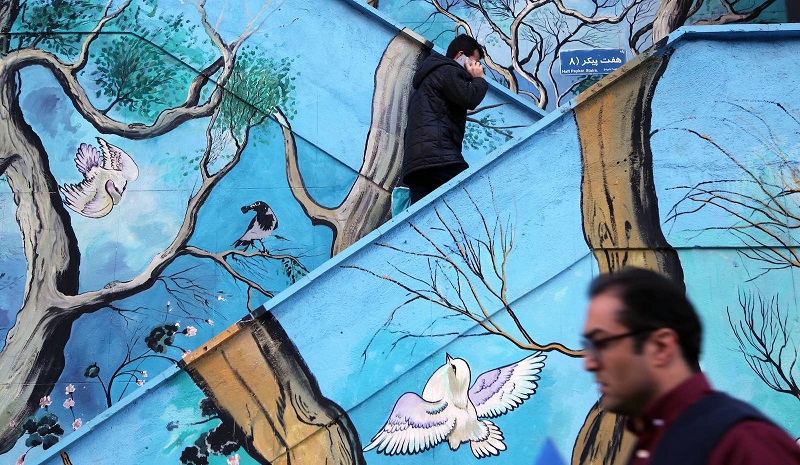The Trump administration calls it “maximum pressure” but
Washington’s ability to further squeeze Tehran is constrained.
Nearly a year after the Trump administration unilaterally withdrew from the Iran nuclear deal, it is loudly proclaiming the harsh impact of reinstated US secondary sanctions on the Iranian economy.
As a result of reduced revenues, US officials assert that Iran is under increasing pressure to scale back its support for proxy groups that have widened Iran’s regional reach.
But although Iranians are clearly suffering from high inflation and unemployment, there are no signs that their government is willing to talk to Trump officials about a “better” deal or that it is abandoning long-standing regional partners. Instead, Tehran appears to be digging in, prepared to wait out Trump in hopes that he will be a one-term president and that a successor administration would return to the 2015 nuclear agreement.
Iran has undoubtedly taken notice that half a dozen Democratic candidates for president have pledged to return to the Joint Comprehensive Plan of Action (JCPOA) if elected in 2020. Meanwhile, pro-JCPOA analysts at US think tanks are already providing road maps for resumed US compliance and new negotiations on a “more-for-more” agreement. (The Brookings Institution is the latest.)
The Trump administration has described its policy on Iran as “maximum pressure”. But US ability to further squeeze Iran in the next 18 months is constrained by a number of factors.
While sanctions have cut Iran’s oil exports by about a million barrels a day and are causing obvious pain to the Iranian population, Iran is still selling enough oil – about 1.2 million barrels – to get by and has the benefit of about $100 billion in hard currency reserves unfrozen after implementation of the JCPOA in 2016.
In May, the Trump administration must decide whether to renew waivers to a half dozen countries permitted to buy Iranian oil without threat of US sanctions. A failure by the administration to renew waivers to key importers such as China and India risks spiking global oil prices at a time when Venezuelan crude exports are also restricted by US sanctions. In recent weeks, oil prices have flirted with $70 a barrel – a level that appears to worry President Donald Trump.
Read the article in The Interpreter.

